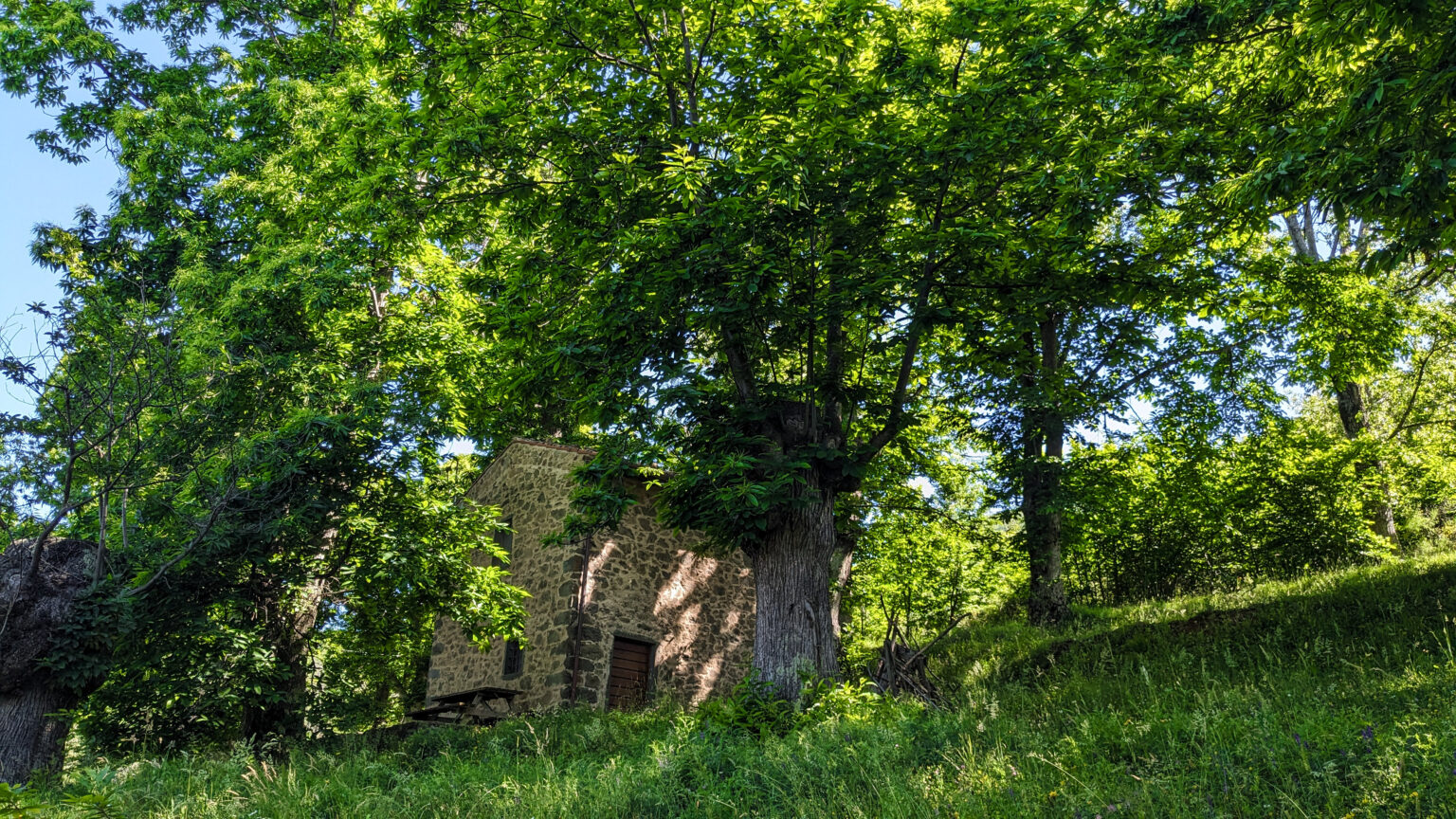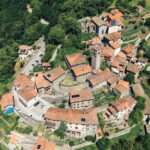Chestnuts cover almost 50% of the land in our town, this shows how important these trees have been over the course of history: introduced by the Romans, these plants were also called “the trees of bread” as they have been feeding the local people for centuries.
The chestnut tree is a cultivated plant that is grafted at a young age with qualities selected over time (pontecosi, verdone, carpinese, pelosole, cesarucca, etc.)
Most of the harvest has always been turned into chestnut flour.
Chestnut flour has fed people and animals living in this valley for centuries providing a livelihood for generations of farmers.
Chestnuts are picked from mid October until the end of November and they are placed inside a stone structure called “metato”. Usually placed in a chestnut grove, the metato is a dryer on two levels, where a smoky fire is lit on the ground floor, while chestnuts are placed on thin wooden planks on the second level to dry. The fire is fed with large chestnut logs every day twice, morning and evening, for at least forty days. Once the chestnuts are completely dried they are peeled mechanically and brought to the local mill for crushing. In the second half of the nineteenth century there were at least 11 water mills in the municipal territory.
Chestnut trees are known to live very long, up to 500 years and more, but they are also famous for the quality of their wood that has been turned into beams, furniture and vineyards poles for centuries.







